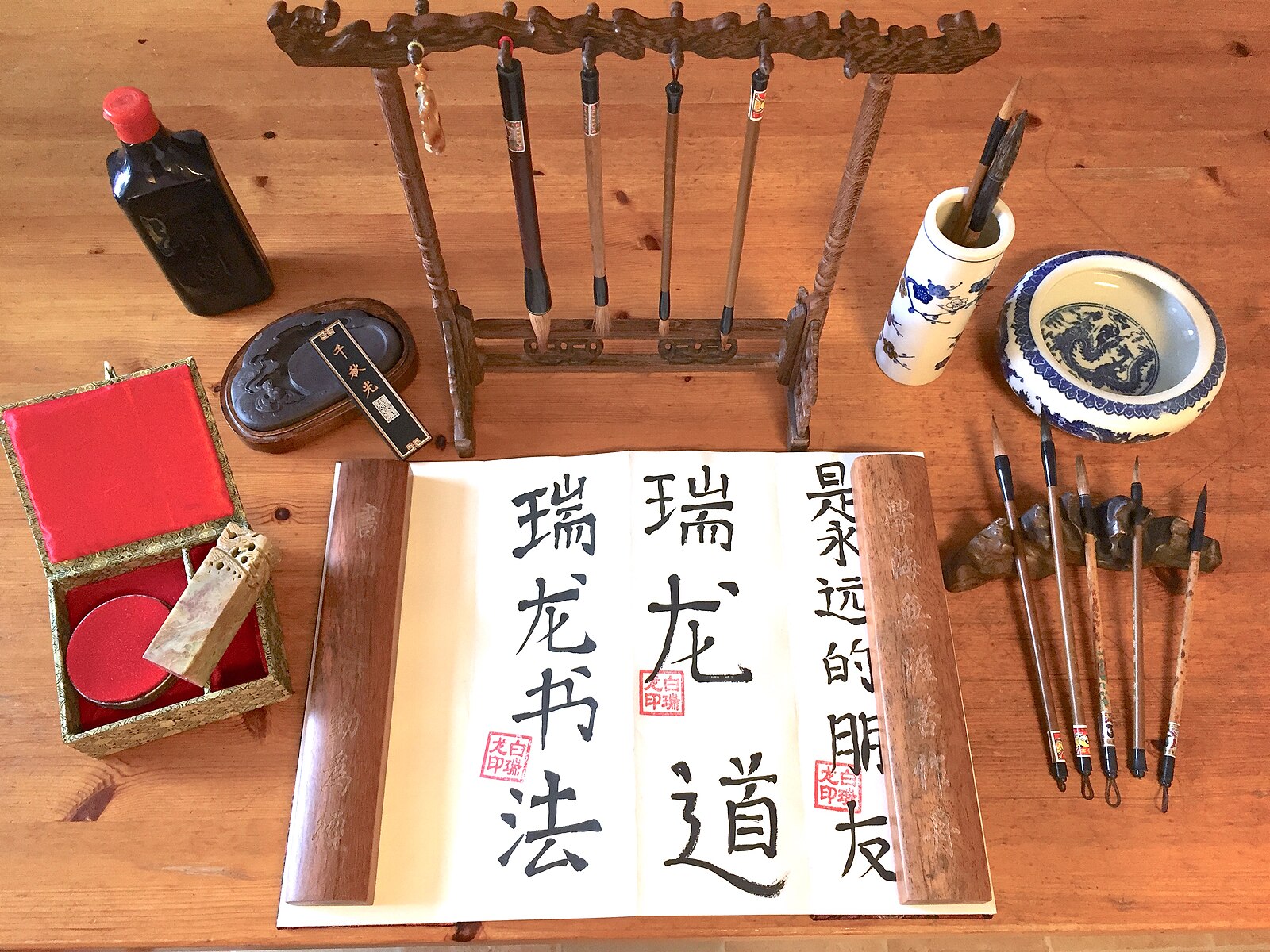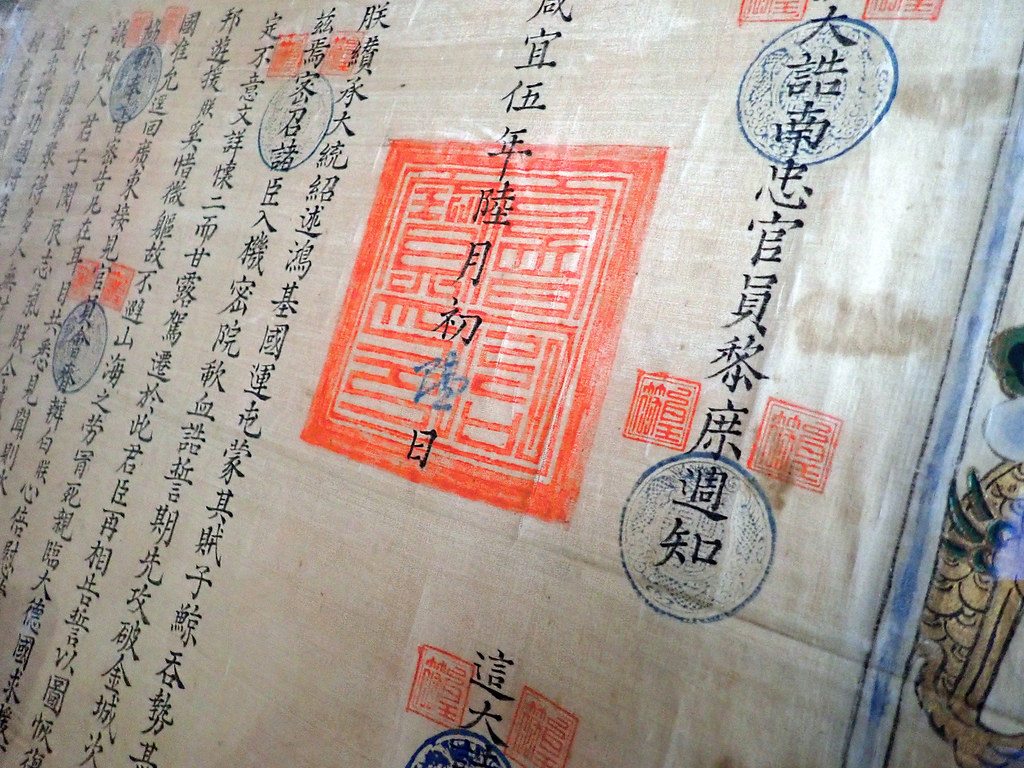7.1: Regional configurations of historical territories (500 CE – 1000 CE)
- Page ID
- 219992
\( \newcommand{\vecs}[1]{\overset { \scriptstyle \rightharpoonup} {\mathbf{#1}} } \)
\( \newcommand{\vecd}[1]{\overset{-\!-\!\rightharpoonup}{\vphantom{a}\smash {#1}}} \)
\( \newcommand{\id}{\mathrm{id}}\) \( \newcommand{\Span}{\mathrm{span}}\)
( \newcommand{\kernel}{\mathrm{null}\,}\) \( \newcommand{\range}{\mathrm{range}\,}\)
\( \newcommand{\RealPart}{\mathrm{Re}}\) \( \newcommand{\ImaginaryPart}{\mathrm{Im}}\)
\( \newcommand{\Argument}{\mathrm{Arg}}\) \( \newcommand{\norm}[1]{\| #1 \|}\)
\( \newcommand{\inner}[2]{\langle #1, #2 \rangle}\)
\( \newcommand{\Span}{\mathrm{span}}\)
\( \newcommand{\id}{\mathrm{id}}\)
\( \newcommand{\Span}{\mathrm{span}}\)
\( \newcommand{\kernel}{\mathrm{null}\,}\)
\( \newcommand{\range}{\mathrm{range}\,}\)
\( \newcommand{\RealPart}{\mathrm{Re}}\)
\( \newcommand{\ImaginaryPart}{\mathrm{Im}}\)
\( \newcommand{\Argument}{\mathrm{Arg}}\)
\( \newcommand{\norm}[1]{\| #1 \|}\)
\( \newcommand{\inner}[2]{\langle #1, #2 \rangle}\)
\( \newcommand{\Span}{\mathrm{span}}\) \( \newcommand{\AA}{\unicode[.8,0]{x212B}}\)
\( \newcommand{\vectorA}[1]{\vec{#1}} % arrow\)
\( \newcommand{\vectorAt}[1]{\vec{\text{#1}}} % arrow\)
\( \newcommand{\vectorB}[1]{\overset { \scriptstyle \rightharpoonup} {\mathbf{#1}} } \)
\( \newcommand{\vectorC}[1]{\textbf{#1}} \)
\( \newcommand{\vectorD}[1]{\overrightarrow{#1}} \)
\( \newcommand{\vectorDt}[1]{\overrightarrow{\text{#1}}} \)
\( \newcommand{\vectE}[1]{\overset{-\!-\!\rightharpoonup}{\vphantom{a}\smash{\mathbf {#1}}}} \)
\( \newcommand{\vecs}[1]{\overset { \scriptstyle \rightharpoonup} {\mathbf{#1}} } \)
\( \newcommand{\vecd}[1]{\overset{-\!-\!\rightharpoonup}{\vphantom{a}\smash {#1}}} \)
\(\newcommand{\avec}{\mathbf a}\) \(\newcommand{\bvec}{\mathbf b}\) \(\newcommand{\cvec}{\mathbf c}\) \(\newcommand{\dvec}{\mathbf d}\) \(\newcommand{\dtil}{\widetilde{\mathbf d}}\) \(\newcommand{\evec}{\mathbf e}\) \(\newcommand{\fvec}{\mathbf f}\) \(\newcommand{\nvec}{\mathbf n}\) \(\newcommand{\pvec}{\mathbf p}\) \(\newcommand{\qvec}{\mathbf q}\) \(\newcommand{\svec}{\mathbf s}\) \(\newcommand{\tvec}{\mathbf t}\) \(\newcommand{\uvec}{\mathbf u}\) \(\newcommand{\vvec}{\mathbf v}\) \(\newcommand{\wvec}{\mathbf w}\) \(\newcommand{\xvec}{\mathbf x}\) \(\newcommand{\yvec}{\mathbf y}\) \(\newcommand{\zvec}{\mathbf z}\) \(\newcommand{\rvec}{\mathbf r}\) \(\newcommand{\mvec}{\mathbf m}\) \(\newcommand{\zerovec}{\mathbf 0}\) \(\newcommand{\onevec}{\mathbf 1}\) \(\newcommand{\real}{\mathbb R}\) \(\newcommand{\twovec}[2]{\left[\begin{array}{r}#1 \\ #2 \end{array}\right]}\) \(\newcommand{\ctwovec}[2]{\left[\begin{array}{c}#1 \\ #2 \end{array}\right]}\) \(\newcommand{\threevec}[3]{\left[\begin{array}{r}#1 \\ #2 \\ #3 \end{array}\right]}\) \(\newcommand{\cthreevec}[3]{\left[\begin{array}{c}#1 \\ #2 \\ #3 \end{array}\right]}\) \(\newcommand{\fourvec}[4]{\left[\begin{array}{r}#1 \\ #2 \\ #3 \\ #4 \end{array}\right]}\) \(\newcommand{\cfourvec}[4]{\left[\begin{array}{c}#1 \\ #2 \\ #3 \\ #4 \end{array}\right]}\) \(\newcommand{\fivevec}[5]{\left[\begin{array}{r}#1 \\ #2 \\ #3 \\ #4 \\ #5 \\ \end{array}\right]}\) \(\newcommand{\cfivevec}[5]{\left[\begin{array}{c}#1 \\ #2 \\ #3 \\ #4 \\ #5 \\ \end{array}\right]}\) \(\newcommand{\mattwo}[4]{\left[\begin{array}{rr}#1 \amp #2 \\ #3 \amp #4 \\ \end{array}\right]}\) \(\newcommand{\laspan}[1]{\text{Span}\{#1\}}\) \(\newcommand{\bcal}{\cal B}\) \(\newcommand{\ccal}{\cal C}\) \(\newcommand{\scal}{\cal S}\) \(\newcommand{\wcal}{\cal W}\) \(\newcommand{\ecal}{\cal E}\) \(\newcommand{\coords}[2]{\left\{#1\right\}_{#2}}\) \(\newcommand{\gray}[1]{\color{gray}{#1}}\) \(\newcommand{\lgray}[1]{\color{lightgray}{#1}}\) \(\newcommand{\rank}{\operatorname{rank}}\) \(\newcommand{\row}{\text{Row}}\) \(\newcommand{\col}{\text{Col}}\) \(\renewcommand{\row}{\text{Row}}\) \(\newcommand{\nul}{\text{Nul}}\) \(\newcommand{\var}{\text{Var}}\) \(\newcommand{\corr}{\text{corr}}\) \(\newcommand{\len}[1]{\left|#1\right|}\) \(\newcommand{\bbar}{\overline{\bvec}}\) \(\newcommand{\bhat}{\widehat{\bvec}}\) \(\newcommand{\bperp}{\bvec^\perp}\) \(\newcommand{\xhat}{\widehat{\xvec}}\) \(\newcommand{\vhat}{\widehat{\vvec}}\) \(\newcommand{\uhat}{\widehat{\uvec}}\) \(\newcommand{\what}{\widehat{\wvec}}\) \(\newcommand{\Sighat}{\widehat{\Sigma}}\) \(\newcommand{\lt}{<}\) \(\newcommand{\gt}{>}\) \(\newcommand{\amp}{&}\) \(\definecolor{fillinmathshade}{gray}{0.9}\)In China, four centuries of relatively peaceful unity ended in 220 CE, and the country experienced a period of internal warfare and outside skirmishes. Buddhism had successfully transferred from India and was a significant influence in China. The kingdoms in Korea were modeled after Chinese culture, including Confucianism and Buddhism, which were imported from China. Japan was influenced by Korean culture, including literacy and written language. In the north, Kushana controlled India until the rise of the Gupta, often called one of India’s most productive eras. By 500 CE, the Gupta empire had declined as the kingdoms in southern India expanded. India turned from trading with the Roman Empire to trading with Southeast Asia and China.
By 750 CE, the Tang dynasty created one of the wealthiest and most advanced civilizations. The Silk Road significantly contributed to China’s success with the established trade routes across Asia and into Europe. The Tang dynasty had also expanded to the Middle East. Korea and Japan continued to grow as part of the East Asian trade. Different kingdoms controlled India as Buddhism declined and Hinduism became the dominant religion. Southeast Asia became part of the trade routes, and maritime control was essential to growing the economies. The Champa kingdom was part of a thriving trade center.
In Europe, 500 to 1000 CE was a dark time with an uneducated population, wars, and plagues. In Asian countries, this was a period of extraordinary inventions and developments, for example, the invention of moveable type and gunpowder. The Tang dynasty in China started a golden age in literature and art and influenced surrounding Asian countries.
Stupas, Pagodas, and Temples
Stupas, pagodas, and temples each have a different meaning, although similar. “Pagodas are Chinese architectural versions of stupas, whose original purpose was to contain relics of the historical Buddha or other important holy persons. The stupa was originally a hemispherical mound meant to be worshipped by circumambulation in a clockwise direction. However, when the stupa form entered China along with Buddhist practice, it was influenced by Han dynasty–era wooden watchtowers and evolved into a tower-like structure with differentiated square floors.”[1] Early in China, the pagodas were located in the center of the temple. Temples were a compound of buildings.
The stupa started in India, as a mound-like building (7.1.1). In the center were Buddhist relics or writings, and Buddhist monks and nuns walked outside the building or circumambulated, an important part of their rituals. As stupas grew more prominent, the decorations grew with fencing and gateways added, as well as domes and chatras or the symbolic umbrella. Large stupas were made to attract people for worship, and smaller stupas were created by individuals for personal worship. Large stupas became significant religious buildings with decorations.

Pagodas were based on the idea of the stupa. Early pagodas were made of wood; however, most surviving ancient pagodas were made from stone. Pagodas had multiple floors; however, the building was hollow and did not have upper floors. Many pagodas had statues inside. The pagodas traditionally have an odd number of tiers, from three to thirteen, and tiered eaves on the roof like protrusions. Buddhist symbolism was joined with Chinese architectural styles. Pagodas became the center of temples.
Temples were classified as spaces to worship for Buddhism, Daoism, and ancient Chinese folk religion. A temple frequently includes a hall for worship, a pagoda, and monasteries for living and studying. The layout of a temple frequently had a north-south axis for the location of the main halls,
Calligraphy
The word calligraphy means “beautiful writing,” it is viewed as an art form that started in China and spread throughout Eastern Asia. Using calligraphy to write poetry and literature was always considered a superior art form, more valuable than painting or sculpture. How a person wrote was as essential as what a person wrote. Although calligraphy started early in China with oracle bones and bronze inscriptions, the perfection of calligraphy began in the Han Dynasty and reached its pinnacle in the Tang Dynasty. The invention of paper, ink, inkstones, and brushes helped artists perfect their work, and the techniques and materials are still used by calligraphers today.
One of China’s significant inventions was paper, a process discovered by Cai Lun in 105 CE. The paper-making method was popular in the Han Dynasty and flourished in the Tang dynasty. Originally, fibers from rags and waste materials were used to make paper. During the Tang dynasty, hemp, bamboo, mulberry, and ramie were found to be long-lasting, superior fibers for paper, and cheaper than silk. Brushes were used in China; however, they became essential for calligraphy in the Han dynasty. The general brush style was a bundle of animal hairs (rabbit, goat, weasel, deer) inserted into a tube of wood or bamboo. The hairs were trimmed into different proportions with a shorter inner core and longer around the outside. Part of the outer layer tapers to a point. Each brush is different and flexible, so the calligraphic lines are fluid.
The ink used in calligraphy is made from lampblack. Pine resin or oil is burned under a hood, and the soot or lampblack is mixed with glue. The mixture is pressed into molds to form a hard cake or stick. The calligrapher grinds the cake or sticks on an inkstone and mixes it in water. The thickness and fluidity of the ink can be controlled. The inkstone is a carved stone slab with an indentation to hold the ground ink and water mixture.
The four parts of calligraphy tools – brush, ink, paper, and inkstone (7.1.2) are known as the Four Treasures of the Study (wenfang sibao), and the same techniques are used in other countries. “These Four Treasures are the same materials employed by traditional Chinese painters. Some critics have pointed to this to explain why calligraphy has a higher status in China than elsewhere. The argument goes something like this: In Europe, for instance, painting is a high art; calligraphy does not use the same materials as painting; therefore, calligraphy is not accorded the same high status as painting. In China, painting and calligraphy use the same materials; therefore, calligraphy is considered to be a high art akin to painting.”[2]

Figure \(\PageIndex{2}\): Four Treasures of a Scholar’s Studio (Bairuilong, CC BY-SA 4.0)
Seals (7.1.3) were also an essential part of calligraphic writing. The seal was stamped with a red paste and revealed the name of the artist or the artist’s studio. A seal might also be applied by the purchaser or collector of the art, and many artworks have multiple stamps as someone else acquires the work. The seal may have a brief saying about the work or a line from poetry.

"I have no desire for wealth or noble rank. My only love is for those letters from the brushes of the men of antiquity."
Mi Fu, 11th century.


